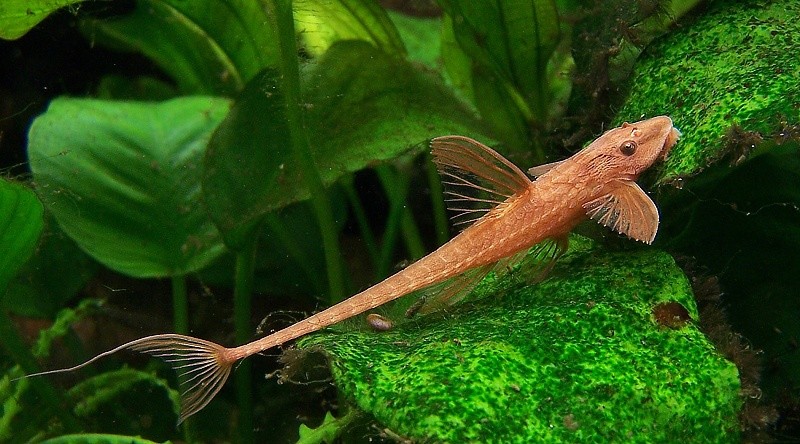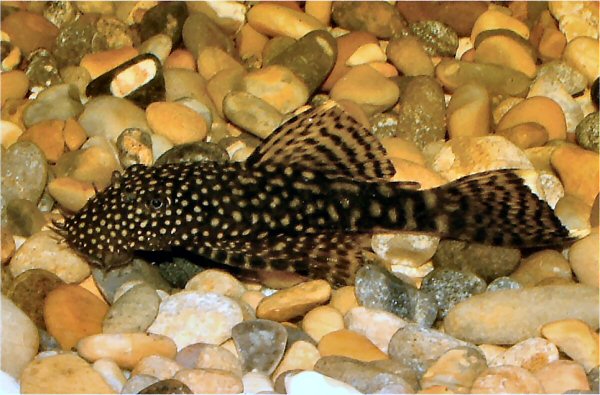Epoxides are harmful cyclic ethers produced or introduced in biological system.
Epoxide Hydrolase (EH) is gene family present in all domains of life, which catalyses the hydration reaction of epoxides and turns the toxic epoxides into compounds less toxic, more soluble and easier to eliminate.
In mammals, EH genes are classified into five subfamilies: microsomal cholesterol 5,6-oxide hydrolase, hepoxilin A3 hydrolase, leukotriene A4 hydrolase, soluble epoxide hydrolase (sEH), and microsomal epoxide hydrolase (mEH). Two of those have toxicological relevance: the mEH and the sEH. The mEH is the principal enzyme in the metabolism of epoxides xenobiotics. The N-terminal region of this proteins is transmembranal, and the catalytic site is located at the C-terminal. The sEH has a complementar function in the metabolism of epoxides xenobiotics, and both N-terminal and C-terminal are catalytic sites.
Epoxide Hydrolase (EH) is gene family present in all domains of life, which catalyses the hydration reaction of epoxides and turns the toxic epoxides into compounds less toxic, more soluble and easier to eliminate.
In mammals, EH genes are classified into five subfamilies: microsomal cholesterol 5,6-oxide hydrolase, hepoxilin A3 hydrolase, leukotriene A4 hydrolase, soluble epoxide hydrolase (sEH), and microsomal epoxide hydrolase (mEH). Two of those have toxicological relevance: the mEH and the sEH. The mEH is the principal enzyme in the metabolism of epoxides xenobiotics. The N-terminal region of this proteins is transmembranal, and the catalytic site is located at the C-terminal. The sEH has a complementar function in the metabolism of epoxides xenobiotics, and both N-terminal and C-terminal are catalytic sites.
For more information about the EH, please refer to the great paper from Fretland et al. 2000, entitled "Epoxide hydrolases: biochemistry and molecular biology" and published at Chemico-Biological Interactions 129, 41–59.
In the 16 transcriptomes we have sequenced, 186 EH were found. Of those, 108 sequences are from soluble EH and 78 from microssomal EH. There are 55 sequences with <75% of the coding sequence (CDS); 36 mEH and 18 from sEH. We are currently looking for evidences of episodic diversifying selection in those sequences and exposing selected species to evaluate the regulation of loricariids EH to xenobiotics.













